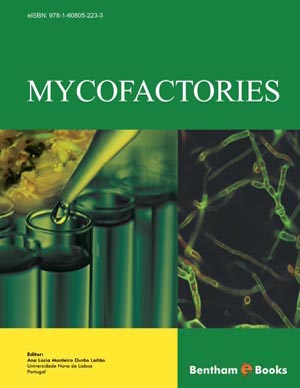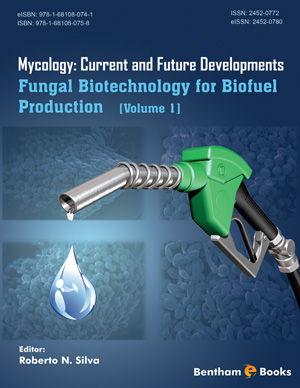Abstract
The earliest known evidence of leavened bread comes from Egypt and China
in the second and first millennia BC, although records of unleavened breads and
potential flour production date back tens of thousands of years. In the 19th century, the
discovery of yeast fermentation led to the development of industrial bakeries in parallel
with traditional sourdough bakeries. While strains of Saccharomyces cerevisiae were
selected for and became the primary yeast used in industrial breadmaking, some
artisanal bakeries continued to use natural sourdough. The maintenance of these two
types of bakery practices led to the evolution of two genetically and phenotypically
distinct clades of Saccharomyces bakery yeast. In addition to S. cerevisiae, other yeast
species are regularly found in sourdoughs, in particular yeasts of the genus
Kazachstania. In the sourdough ecosystem, these yeasts interact with each other and
with bacteria in a positive or negative way, depending on the species and strains
involved. In both sourdough and yeasted industrial dough, traits of interest include
aroma production, efficient maltose utilization, osmotolerance, desiccation resistance,
and freeze tolerance. These traits have largely been explored in S. cerevisiae, but there
is abundant diversity in these traits even amongst strains of S. cerevisiae, and in the
handful of yeast species that have been surveyed outside of Saccharomyces. The new
interest in sourdough breadmaking and the societal desire to develop more sustainable
and biodiversity-friendly bakeries is now leading bakers and scientists to explore the
genetic and metabolic diversity of other yeast species.
Keywords: Aroma, Baking, Bread, Domestication, Evolution, Fermentation, Genomic, Kazachstania, Lactic acid bacteria, Maltose, Microbial community, Microbial interaction, Ploidy, Pichia, Saccharomyces, Sourdough, Stress tolerance, Torulaspora, Wickerhamomyces, Yeast.






